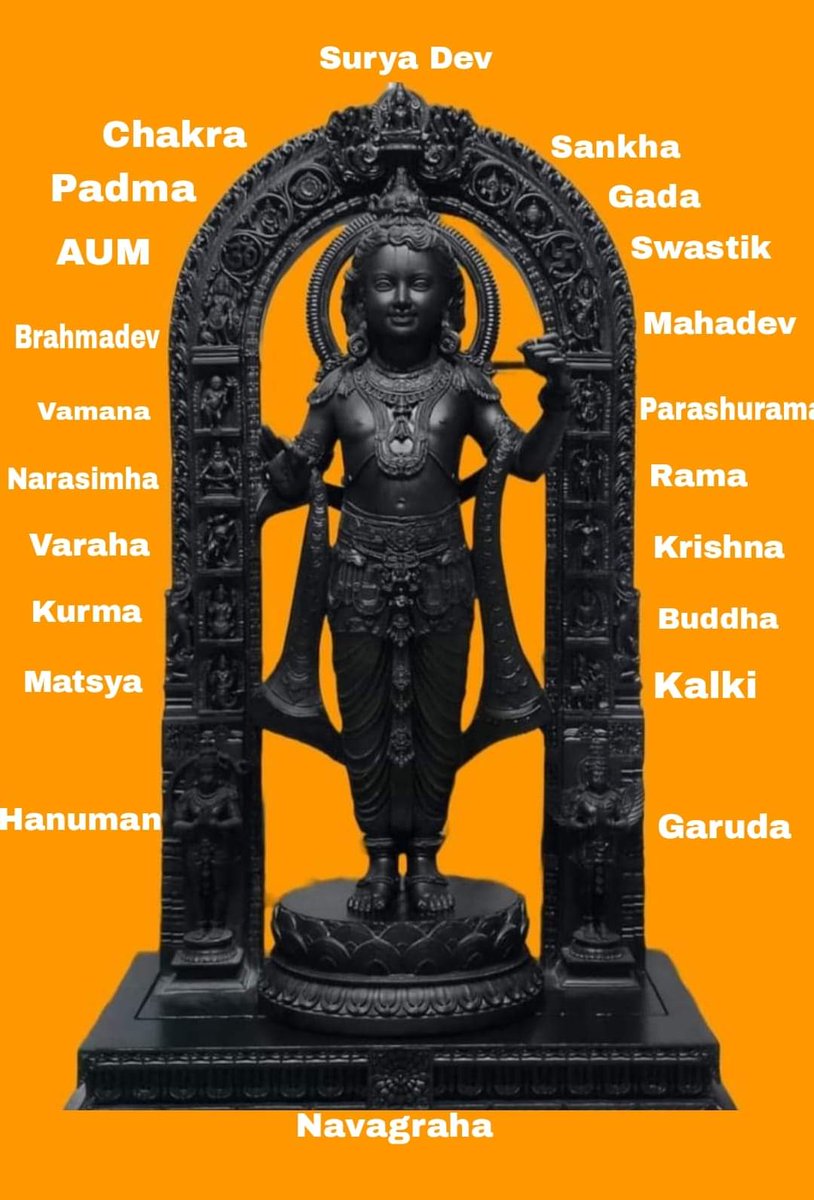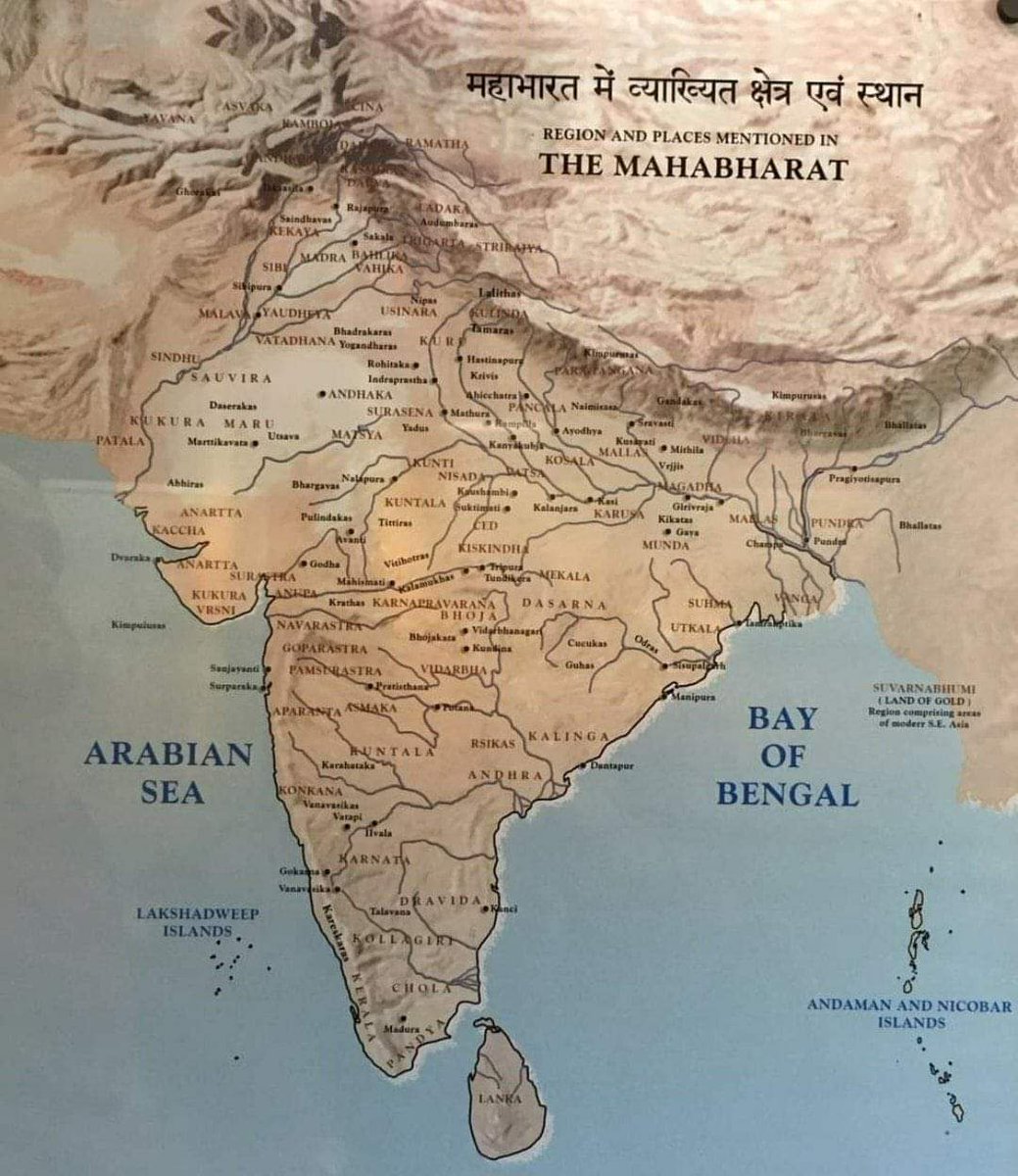Fermented rice, a staple in many Asian households, is steeped in tradition, simplicity, and health. It is rice soaked and fermented overnight, turning it into a nutritious, probiotic-rich food. Fermented rice, also known as 'panta bhat' in Bangladesh, 'Pazhaiya Sadam' in Tamizh Nadu, and 'jiu niang' in China, offers a host of health benefits that have been cherished across generations.
Beneficial Probiotics
Fermentation is when food is left to interact with bacteria and yeasts, either added intentionally or from the environment. One helpful bacteria called Lactic acid bacteria, a type of probiotic, is often involved in this process.
Probiotics are good bacteria that help our gut. They assist in digesting food, help our body take in nutrients better, and make our immune system stronger. Fermented rice has probiotics like Lactobacillus, which helps in making our gut healthier and improving digestion.
Fermentation is when food is left to interact with bacteria and yeasts, either added intentionally or from the environment. One helpful bacteria called Lactic acid bacteria, a type of probiotic, is often involved in this process.
Probiotics are good bacteria that help our gut. They assist in digesting food, help our body take in nutrients better, and make our immune system stronger. Fermented rice has probiotics like Lactobacillus, which helps in making our gut healthier and improving digestion.
Fermented rice is easier for our body to use because fermentation breaks down certain substances that can block our body from taking in nutrients. For example, phytic acid can stop our body from absorbing minerals like iron, calcium, and zinc. Fermentation helps reduce this phytic acid, meaning our body can absorb these minerals better
To what extent?
100g of boiled rice only contain 3.4mg of iron. Fermented rice on the other hand, has a whopping 73.9 mg of iron! This can be very handy in combating iron-deficiency anemia.
The Global Burden of Disease Study reported that in 2016, the prevalence of anemia in females in Southeast Asia was approximately 47.5%, and in East Asia, 22.7%
100g of boiled rice only contain 3.4mg of iron. Fermented rice on the other hand, has a whopping 73.9 mg of iron! This can be very handy in combating iron-deficiency anemia.
The Global Burden of Disease Study reported that in 2016, the prevalence of anemia in females in Southeast Asia was approximately 47.5%, and in East Asia, 22.7%
If you are visited a local Klinik Kesihatan in Malaysia during pregnancy, you would be administered with iron supplements as a maintenance means.
Iron deficiency anemia is indeed very common among women and girls in Asian countries. Fermented rice is an excellent solution to this, that we must revive.
Fermented rice increases calcium from 21mg to 850mg!
Boiled rice while only contain 35mg of potassium, its fermented form has a gargantuan 839mg.
Iron deficiency anemia is indeed very common among women and girls in Asian countries. Fermented rice is an excellent solution to this, that we must revive.
Fermented rice increases calcium from 21mg to 850mg!
Boiled rice while only contain 35mg of potassium, its fermented form has a gargantuan 839mg.
Perfect meal for diabetics
The glycemic index (GI) tells us how fast a food raises blood sugar. Foods high on this scale, like white rice, can cause a quick spike in blood sugar. This is not good for people with diabetes, who need to keep their blood sugar levels steady.
The glycemic index (GI) tells us how fast a food raises blood sugar. Foods high on this scale, like white rice, can cause a quick spike in blood sugar. This is not good for people with diabetes, who need to keep their blood sugar levels steady.
When rice is fermented, it produces something called lactic acid. This lactic acid can make the rice less likely to spike blood sugar levels quickly. So, fermented rice is an excellent choice for people with diabetes, as it will not raise blood sugar levels as fast.
Let us not wait for a day when the west starts patenting fermented rice to only serve it as a luxurious dish in posh restaurants under some fancy banner like "Riserva del Sud: Artisan Fermented Rice" or "Nostalgic Nourishment: Classic Fermented Rice Rhapsody"
Source : @vinnith94 (Insta)
• • •
Missing some Tweet in this thread? You can try to
force a refresh











